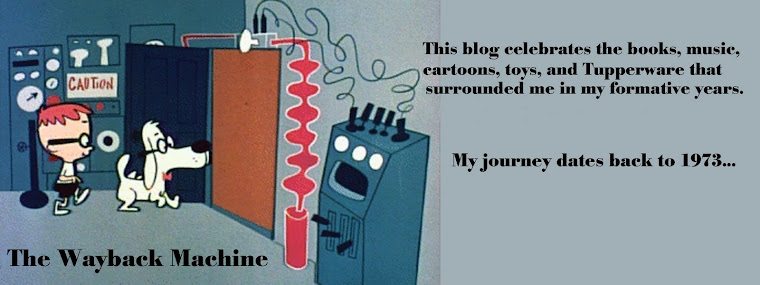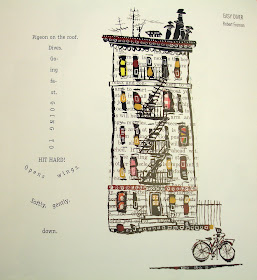by
Heather Henson, David Small, illustrator
Atheneum Books--Simon & Schuster, 2008
I will admit the first thing to draw me to this book was the cover art. Even from a distance too great to read the names on the cover I could tell it was done by David Small. I'm a huge fan of his work and I expect to talk about many of his books on this blog, over time. Small is a perfect example of artwork that makes my mouth water. Images that won't leave my mind. Often his work is watercolor (the copyright page says the illustrations for this book are rendered in watercolor, ink, and pastel chalk) but it's the ink or the dark outlines on the people that seem to define his style for me.

Heather Henson is a children's book author from Kentucky and she draws on her own love of books and the history of her region in writing That Book Woman. I am not sure what I was expecting from this book, but I wasn't expecting to have tears running down my face as I read the final page.
The book is set in the Appalachian mountains and the words are tinged with local color that really sings on the page:
"My folks and me--we live way up as up can get. So high we hardly sight a soul--'cept hawks a-winging in the sky and critters hid among the trees."
Cal is the main character, he's the oldest boy in the family and works hard helping his Pa with plowing, and fetching, and sheep watching among many other things. He seems resentful of his sister Lark,
"Who would keep her nose a-twixt the pages of a book daybreak to dusky dark if Mama would allow. The readnest child you ever did see--that's what Pap says."

Cal isn't interested in the "chicken scratch" within the pages of a book and claims he is "no scholar-boy." But he's observant and he's the first to see a woman riding up on her horse with a pack filled with books. Theirs is a more old fashioned time and to see a woman wearing pants is shocking to young Cal and he's less than impressed with "that book woman."
At first it seems she is there selling books, like the peddler who passes by and Pap offers to trade some fresh-picked berries for a book, but that book woman just says,
These books are free, as free as air! Not only that--why, two weeks to the day she'll come again to swap these books for more!As time passes--the seasons change--and the book woman keeps returning like clockwork, Cal begins a transformation that is sure to warm any reader's heart and make one appreciate the libraries and the book women in our lives.
I found THIS book at our local library and I think I need a copy of my own to treasure.
Not only is this book a wonderful story, it's based on historical events. In the 1930s FDR's Works Progress Administration founded the Pack Horse Library Project to bring books to remote regions where there were few schools and no libraries. I always have a special place in my heart for the stories that include book mobiles (
Big Stone Gap,
The Evidence of Things Unseen) and libraries (
Where the Heart Is,
The Library) and a pure love of books (
These is My Words,
Matilda). There's even a reading guide --
discussion questions on the Simon and Schuster site.


















































